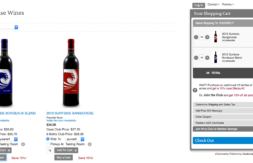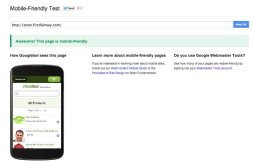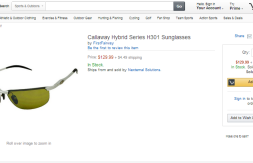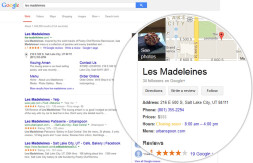For E-Tailers, Reputation Means Everything

When a new consumer orders a product, there’s a high chance she first read about it on a blog: Blogs are the third highest influence factor, according to Technorati’s 2013 Digital Influence Report. Only retail and brand-specific websites rank higher. For e-tailers, a bad review or a poor online reputation can drive customers to shop at a competitor and affect your conversion rate. Learn how to measure your online reputation and extinguish any flame wars.
The Impact of a Bad Reputation
A bad reputation can impact your bottom line. Christopher Dietz of Dietz Development recently sued a client claiming $750,000 in business loss from negative reviews the client posted on consumer review sites Angie’s List and Yelp. Reputation.com offers more tips and advice to prevent harming your business on their Facebook page.
A working paper by Harvard Business School’s Michael Luca found that a one-star increase in a Yelp rating for a restaurant led to a 5 to 9 percent increase in traffic. Businesses with negative reputations can use the prospect of more revenue as a strong incentive to turn around consumers’ perception of the company. If your ratings decrease, you will see a corresponding dip in traffic that can eat into your bottom line, affect employee revenue (for the service industry) and lead to more negative press.
Monitoring Your Reputation and Getting Over a Bad Review
On the Intuit blog, Carla Turchetti recommends a seven step plan for monitoring your reputation and fighting any negative reviews. While this sounds time-consuming, many of the steps can be automated or outsourced to limit the amount of time you spend researching customer reviews:
- Set up a Google Alert for your business name, branded products, etc. to receive automatic alerts when content posted to the web mentions your business. Choose to receive content daily or once a week.
- Use social media monitoring tools to track any @mentions of your brand and quickly respond to complaints. Perform a 5-minute check of all accounts daily.
- Cultivate branded hashtags for greater visibility. When you use #brand or #newproduct to refer to your brand and products online, you create a distinguishable and searchable tool. Use these whenever you post social content.
- Make a profile with the Better Business Bureau. Savvy consumers check BBB ratings before they buy. Establish a profile with the BBB to demonstrate your credibility. This is a simple, one-time action.
- Review and respond to content posted on consumer review sites like Angie’s List, TripAdvisor and Yelp. Proactively apologize to consumers to demonstrate your connectivity and the caring demeanor of your company to diminish the harmful impact of a negative review.
- Develop a system for responding to customer complaints, such as a ticketing system or a community manager system. This requires ongoing maintenance.
- Keep an eye on your competition. If your competitor has a wonderful website or four times the social followers as you, view it as a learning opportunity. Explore the tactics employed by your competition, then adapt them for your business.
If you lack the time for continuous monitoring and response, outsource reputation management to experts. A reputation monitoring company can review your online presence, identify and isolate negative reviews, and take corrective action to restore your good name.














